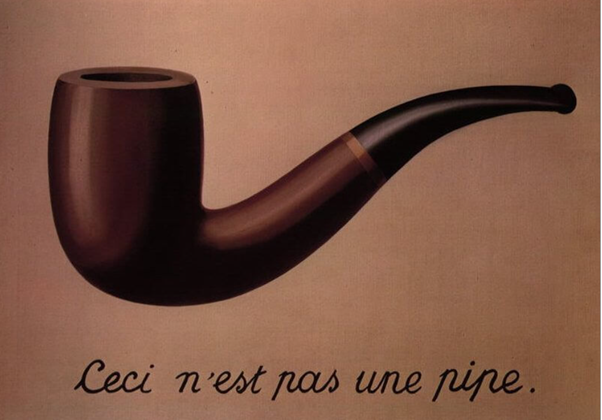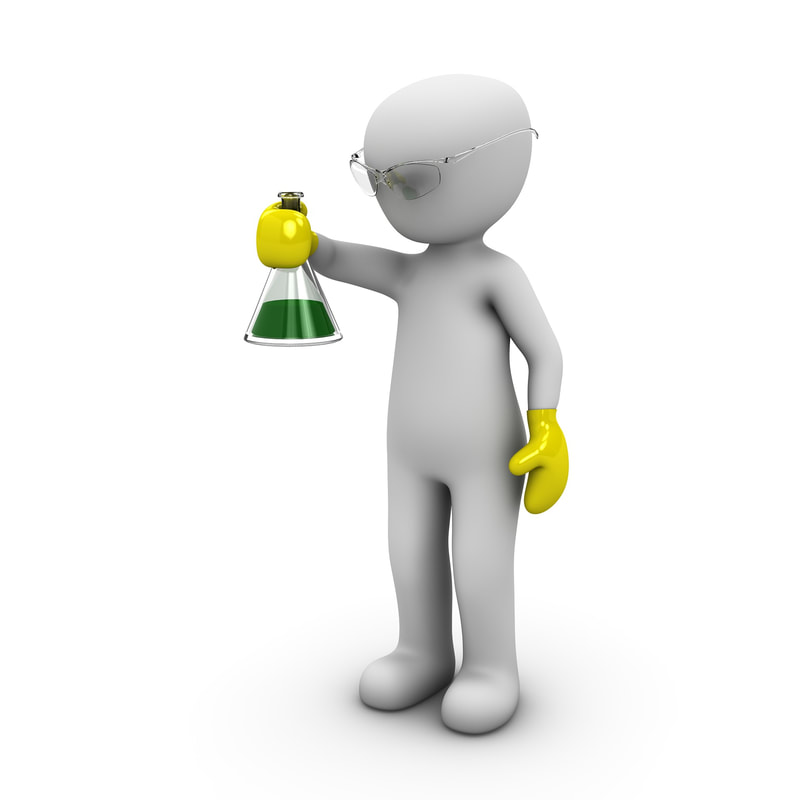Module 0500: Chapter overview, preview
Chemical reactions vs. chemical equations
Especially when you are setting out on the path of learning chemistry, it is fundamentally important to distinguish chemical reactions (real phenomena) and chemical equations (a form of language used to talk about chemical reactions).
A chemical reaction is an event.
A chemical equation is a story about the event.
KEY IDEAS - Chemical reactions vs. chemical equations
Chemical reactions
Chemical reactions are real phenomena - often able to be seen, or at least to see evidence that a reaction has occured.
They include the burning of natural gas, the main component of which is methane - as pictured in the banner on Chapter 05 HOME.
And the electron-transfer processes that occur in batteries when they are providing us with energy, or when they are being re-charged.
And the oxidation-reduction life process of respiration, as well as of decomposition of dead matter, once living.
And the precipitation of limestone in caves.
And the reaction of carbon dioxide from the atmosphere in the upper layers of the ocean, making the water more acidic that it would otherwise be.
And rusting of steel structures and ships .......
Chemical equations
Chemical equations, on the other hand, are a form of communication about chemical reactions.
We use chemical equations to communicate information about chemical reactions. Some of this information is in response to qualitative questions like "What are the reactants?" and "What are the products?"
And if we have the appropriate balanced equation, we can find answers to quantitative questions like "How much of this reacts with how much of that?" and "How much of this product will be formed?"
A synopsis of the chapter: Reactions and equations
In working with equations, questions of "How much?" are answered in terms of chemical amount (unit of measurement, the mole) so this way of measuring quantities needs to be understood to interpret chemical equations. Prof Bob discusses this link between mass of a substance and the number of atoms, molecules, or ions in Module 0501: Chemical amount, and its unit of measurement, mole.
The number of particles in 1 mol of any substance (called the Avogadro constant) is astonishingly large, and almost too big a number to comprehend. Prof Bob tackles this challenge in Module 0502: The Avogadro constant: How many particles is that?
And why is the Avogadro constant the particular number that it is? Is it a universal constant? Or a random choice? See Module 0503: The Avogadro constant: Why is it that number?
Textbooks abound with superficial discussions about chemical formulas. Can we presume that you are reading this because you are interested in learning chemistry for understanding? Then, to interpret correctly the meaning of the chemical formula of a substance, we need to know about the structure of the substance at the sub-microscopic level. In particular, how we interpret the formula of a substance characterized as an ionic compound is different from how we interpret the formula of a compound categorized as a covalent molecular compound. Prof Bob discusses this difference in Module 0504: Chemical formulas: How do we interpret them?
Balanced chemical equations are very powerful descriptions of chemical reactions, but sometimes people attribute more meaning to them than the information that they carry. The information that they do carry is extraordinarily important, and is the basis of all quantitative calculations. See Module 0505: Balanced chemical equations: What can they tell us?
If we mix some substances that react with each other, how much of the products can be formed? What decides the maximum amount of product that can be formed from the added amounts of the reactants? Aussie, always trying to learn chemistry for understanding, works his way through this issue with Prof Bob in Module 0506: Limiting reactants: What limits how much reaction can happen?
Finding your way around .....
You can browse or search the Aha! Learning chemistry website in the following ways:
You can browse or search the Aha! Learning chemistry website in the following ways:
- Use the drop-down menus from the buttons at the top of each page to browse the modules chapter-by-chapter.
- Click to go to the TABLE OF CONTENTS (also from the NAVIGATION button) to see all available chapters and modules in numbered sequence.
- Click to go to the ALPHABETICAL INDEX. (also from the NAVIGATION button).
- Enter a word or phrase in the Search box at the top of each page.
Seek knowledge and wisdom, and enjoyment will follow






